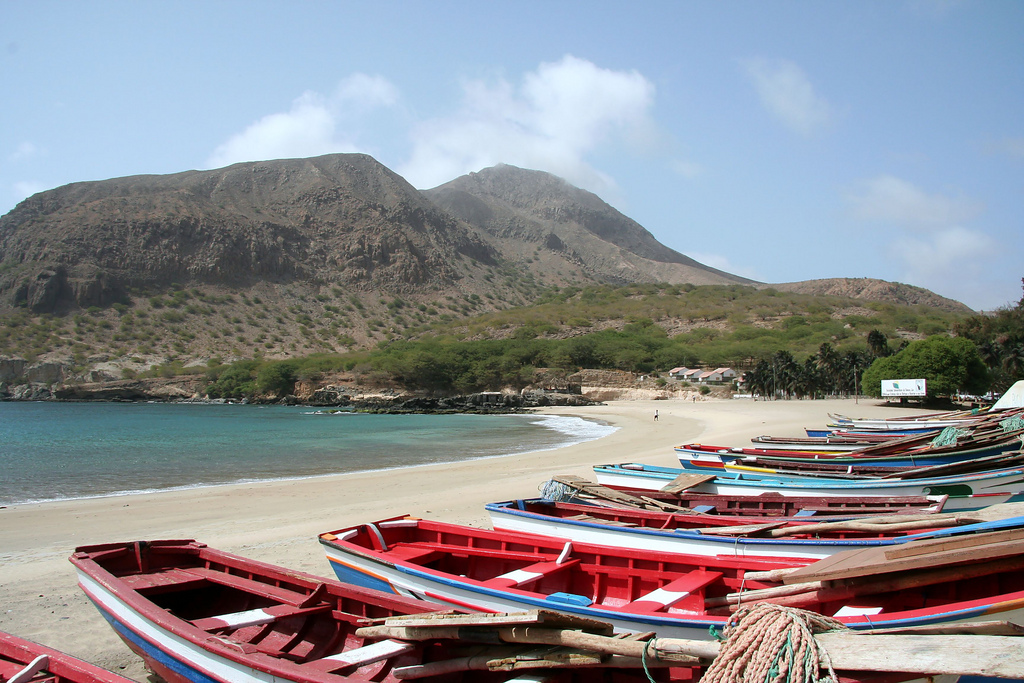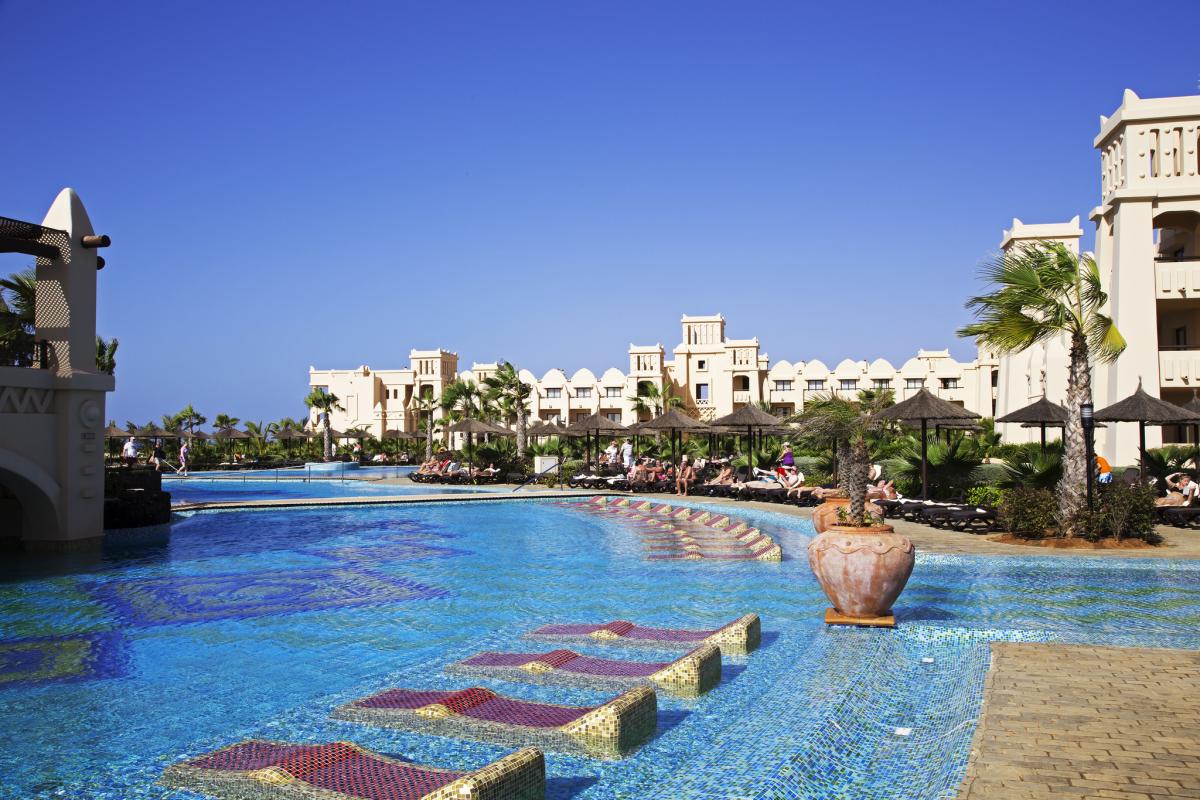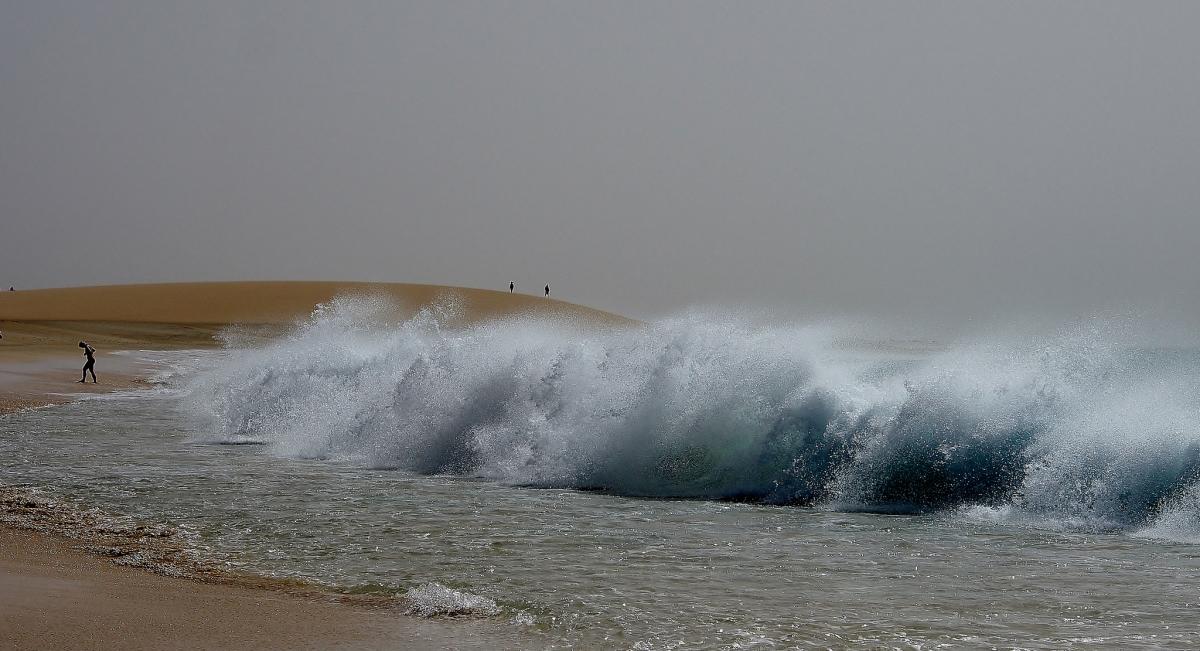Zoli, HA5PP will be active from Cape Verde, Cabo Verde in CQ WW DX CW Contest, 29 - 30 November 2025 as D4P.
He will operate in SO Category.
Recent DX Spots D4P
QSL via LOTW.
Cape Verde
The Republic of Cape Verde is a country in the Atlantic Ocean, located on the Cape Verde Islands off the west coast of Africa. Cape Verde is an archipelago of 18 land areas, some large and some very small. Each island has a unique landscape, flora, and fauna. Despite their geographical proximity, they are all different, capable of surprising and delighting visitors with renewed vigor. The mild climate, unspoiled ecosystem, and primitive culture make Cape Verde a true gem of the African continent.
 Tarrafal, Cape Verde, Cabo Verde. Author - Etienne de Jager.
Tarrafal, Cape Verde, Cabo Verde. Author - Etienne de Jager.
Ancient history
The history of the archipelago can be divided into three periods: pre-colonial, colonial, and independent. Unfortunately, the Cape Verde Islands have experienced many tragedies and invasions. The first written references to the islands can be found in Arab treatises from the 12th and 14th centuries. Until their discovery by Europeans in 1460, they were literally hidden from the rest of the world. Life here was unhurried, and the culture of the natives remained unchanged for thousands of years. Everything changed dramatically in the middle of the 15th century when Portuguese settlers—prisoners, exiles, and military personnel—arrived on the archipelago. Until Cape Verde gained independence, the archipelago was under Portuguese rule (with the exception of 59 years of Spanish rule in the 16th and 17th centuries).
Throughout the colonial period, the slave trade flourished on the islands of the Green Cape. Slaves were brought from neighboring African countries in the holds of huge ships—many of them died on the way, and only the strongest managed to survive until they reached Cape Verde. The indigenous inhabitants of the islands were also oppressed – they were sent to numerous plantations and sold to other countries. Slavery in the Portuguese colonies lasted until 1878. Over the following decades, the population of Cape Verde actively fought for its independence. They only achieved their goal in 1974.
 Boa Vista Island, Cape Verde, Cabo Verde. Author - Knut-Arve Simonsen.
Boa Vista Island, Cape Verde, Cabo Verde. Author - Knut-Arve Simonsen.
A symbiosis of cultures and nations
During the dark period when Cape Verde was a Portuguese colony, the indigenous people ceased to be masters of their own land. Their place was taken by Europeans—Spanish and Portuguese settlers. Over the centuries, the African population gradually assimilated. Today, 70% of the islands' inhabitants are mulattoes, while less than 30% are Africans. The official language of Cape Verde is Portuguese, although most of the population speaks Cape Verdean Creole, which has regional status. The main religion is Christianity (Catholicism and Protestantism) .
In the small villages of Cape Verde, ancient African beliefs are still preserved. The inhabitants of the islands no longer live in tribes, but they deeply respect the traditions of their ancestors. Local residents are always happy to welcome travelers who want to learn more about the primitive culture of the indigenous people of Cape Verde. They are hospitable and friendly, always welcoming and ready to help. You can immerse yourself in local traditions on the small islands, where ancient beliefs still exist. Here, magical rituals are performed and the spirits of the dead are summoned — a spectacle that will leave no one indifferent.
A country of music, dance, and carnivals
The rhythm of life in Cape Verde is musical. Despite the fact that more than 40% of the country's population lives below the poverty line, it is not customary to be sad on the islands. The country's national music combines many styles and genres. Traditional African motifs are harmoniously intertwined with European and Latin American ones. Among the main musical styles are morna, funana, and coladeira. All of them are distinguished by their lively sound and the use of percussion instruments. The carnivals on the islands of Cape Verde can compete with those in Brazil. Carnival month is February. At this time, the streets of the country come alive—thousands of men and women in bright costumes and masks dance to the accompaniment of folk music. Drums, trumpets, and xylophones call people to leave their homes, leave their everyday worries behind, and give themselves completely to the music.
 Santa Maria, Sal Island, Cape Verde, Cabo Verde. Author - Werner Langemeyer,
Santa Maria, Sal Island, Cape Verde, Cabo Verde. Author - Werner Langemeyer,
Unique ecosystem
The flora and fauna of Cape Verde is not particularly diverse. The local flora consists of several species of shrubs and grasses, as well as artificial plantations of tropical palms and eucalyptus trees. Interestingly, all mammals living on the islands of Cape Verde today were brought here by Europeans. The original fauna consists of numerous species of land and sea birds, insects, lizards, and reptiles. When walking along local trails, it is important to be especially careful, as poisonous spiders and snakes may be hiding in the dry grass.
The beaches in Cape Verde are mostly wild, although many of them (especially on the larger islands) are equipped to modern standards. The clear ocean and white sand attract thousands of tourists from all over the world every year. Here you can enjoy excellent diving and exciting fishing. However, fishing in Cape Verde is not common – only a few people fish on the islands. European settlers brought poultry, rabbits, goats, and other farm animals here. Their meat now makes up a large part of the local diet (bearing in mind that not all residents of the country can afford to eat meat every day).
Nightlife in Cape Verde
At first glance, it may seem that the archipelago lives a quiet and measured life. The indigenous people deny themselves many things and manage to earn a living only from the numerous tourists. Thousands of travelers arrive at the country's airport all year round, interested not only in history and culture, but also in entertainment. That is why the islands now have a vibrant nightlife, with clubs, bars, and restaurants to suit every taste and budget. The infrastructure is constantly improving and becoming more modern. In the nightclubs of Cape Verde, you can enjoy the creativity of local musicians, dance to fiery Latin American tunes, and taste traditional intoxicating drinks. Cane grog, a strong alcoholic beverage reminiscent of rum, deserves special attention. It can be drunk on its own or mixed with fruit juices.
Exotic cuisine
The culinary treasures of Cape Verde will delight even the most discerning gourmets. Seafood is the basis of traditional dishes. Fish and various shellfish are served here with spicy sauces made from exotic plants. The most popular dish among locals and tourists is “cachula” — a hearty mixture of cassava, corn grits, pork or chicken, seafood, and vegetables. It is seasoned with olive oil and onion juice. Kachula is prepared differently everywhere—each island has its own recipe. It is believed that the more different types of meat are used in the preparation, the richer and tastier the dish.
Numerous cafes and restaurants offer real delicacies that cannot be tasted on the “white” continent. These include fried snakes, crispy insects, spider legs in batter, and other dishes whose names are shocking. But is it worth being afraid? After all, it all tastes very similar to regular chicken.

